Giant’s Cave, Edenhall
At Giant’s Cave, near Eden Hall, it has been the custom from time immemorial for the lads and lasses of the neighbouring villages to collect together on the third Sunday in May, to drink sugar and water, when the lasses give the treat: this is called Sugar-and-Water Sunday. They afterwards adjourn to the public house, and the lads return the compliment in cakes, ale, punch, etc.


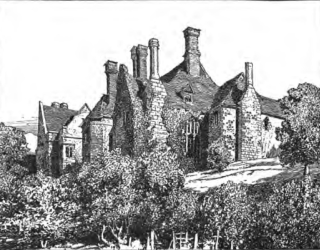
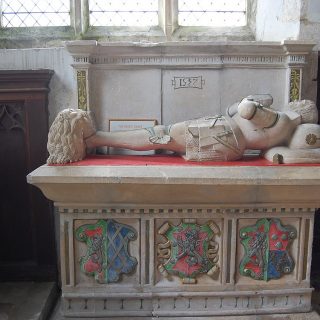

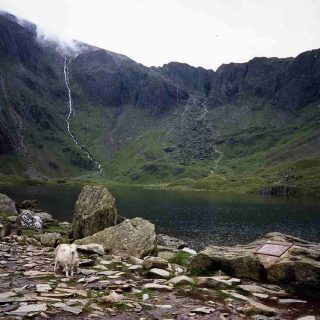
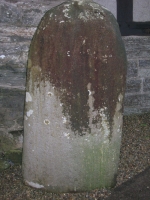
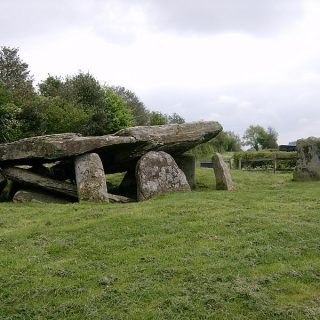


Recent Comments